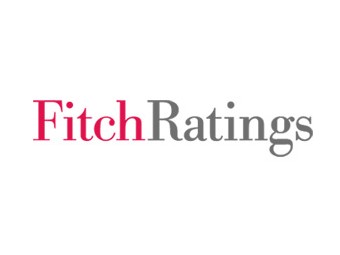Rising home values helped some 2.5 million homeowners return to a state of positive equity, but under-equitied mortgages-those with less than 20 percent equity- still account for one out of five, or 21.1 percent, of all residential properties with a mortgage nationwide in the second quarter of 2013, according to the latest CoreLogic report.
The total number of mortgaged residential properties with equity currently stands at 41.5 million but some 7.1 million homes, or 14.5 percent of all residential properties with a mortgage, were still in negative equity at the end of the second quarter of 2013. This total is down from 9.6 million homes, or 19.7 percent of all residential properties with a mortgage, at the end of the first quarter of 2013.
Negative equity, often referred to as “underwater” or “upside down,” means that borrowers owe more on their mortgages than their homes are worth. Negative equity can occur because of a decline in value, an increase in mortgage debt or a combination of both.
The national aggregate value of negative equity was $428 billion at the end of the second quarter compared to $576 billion at the end of the first quarter of 2013, a decrease of more than $148 billion. This decrease was driven in large part by an improvement in home prices.
Of the 41.5 million residential properties with positive equity, 10.3 million have less than 20 percent equity. Borrowers with less than 20 percent equity, referred to as “under-equitied,” may have a more difficult time obtaining new financing for their homes due to underwriting constraints. At the end of the second quarter of 2013, 1.7 million residential properties had less than 5 percent equity, referred to as near-negative equity. Properties that are near negative equity are at risk should home prices fall.
“Equity rebuilding continued in the second quarter of this year as the share of underwater mortgaged homes fell to 14.5 percent,” said Dr. Mark Fleming, chief economist for CoreLogic. “In just the first half of 2013 almost three and a half million homeowners have returned to positive equity, but the pace of improvement will likely slow as price appreciation moderates in the second half.”
“Price appreciation obviously had a positive impact on home equity over the first half of 2013, especially the second quarter,” said Anand Nallathambi, president and CEO of CoreLogic. “Despite the substantial decrease in negative equity, there’s more ground left to gain with the 7.1 million U.S. residences that remain underwater.”
Highlights as of Q2 2013:
- Nevada had the highest percentage of mortgaged properties in negative equity at 36.4 percent, followed by Florida (31.5 percent), Arizona (24.7 percent), Michigan (22.5 percent), and Georgia (20.7 percent). These top five states combined account for 34.9 percent of negative equity in the U.S.
- Of the largest 25 metropolitan areas, Miami-Miami Beach-Kendall, Fla. had the highest percentage of mortgaged properties in negative equity at 36.5 percent, followed by Tampa-St. Petersburg-Clearwater, Fla. (33.8 percent), Phoenix-Mesa-Glendale, Ariz. (25.6 percent), Riverside-San Bernardino-Ontario, Calif. (24.8 percent) and Warren-Troy-Farmington Hills, Mich. (24.3 percent).
- Of the total $428 billion in negative equity, first liens without home equity loans accounted for approximately one-half, or $217 billion aggregate negative equity, while first liens with home equity loans accounted for the remaining $211 billion.
- 4.3 million upside-down borrowers hold first liens without home equity loans. The average mortgage balance for this group of borrowers is $217,000. The average underwater amount is $51,000.
- 2.8 million upside-down borrowers hold both first and second liens. The average mortgage balance for this group of borrowers is $292,000.The average underwater amount is $75,000.
- The bulk of home equity for mortgaged properties is concentrated at the high end of the housing market. For example, 91 percent of homes valued at greater than $200,000 have equity compared with 80 percent of homes valued at less than $200,000.
*First quarter 2013 data was revised. Revisions with public records data are standard, and to ensure accuracy, CoreLogic incorporates the newly released public data to provide updated results.
 RealEstateEconomyWatch.com Insight and Intelligence on Residential Real Estate
RealEstateEconomyWatch.com Insight and Intelligence on Residential Real Estate


One comment
Pingback: Recovery Pushes 2.5 Million Owners above Water; 20 Percent Still … | PropertyPinpoint.com